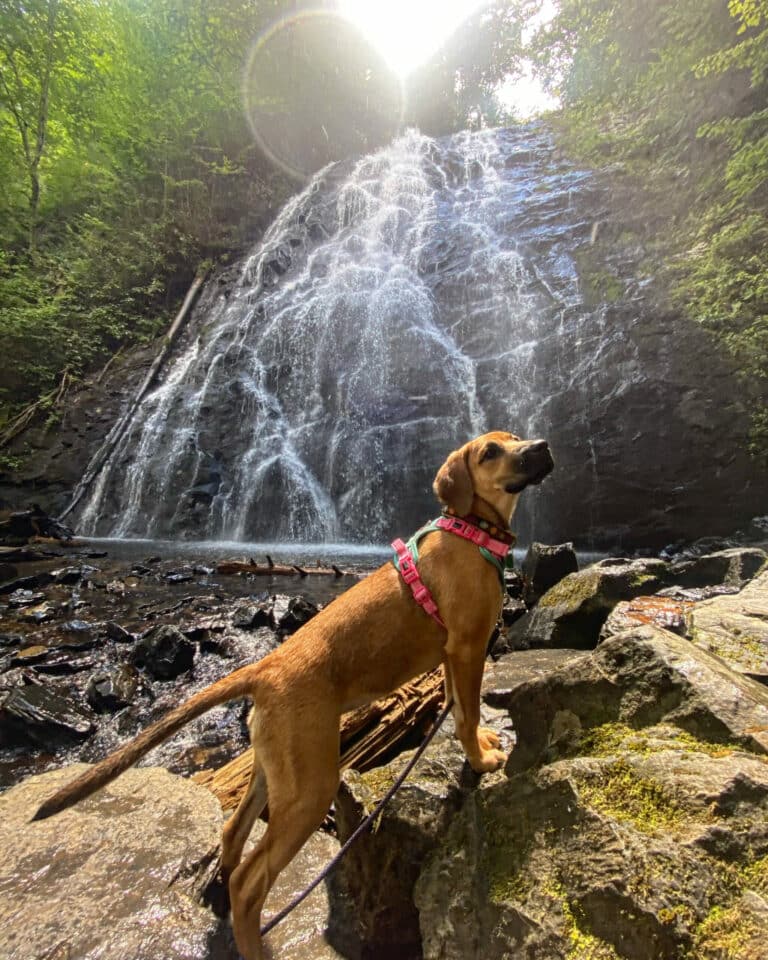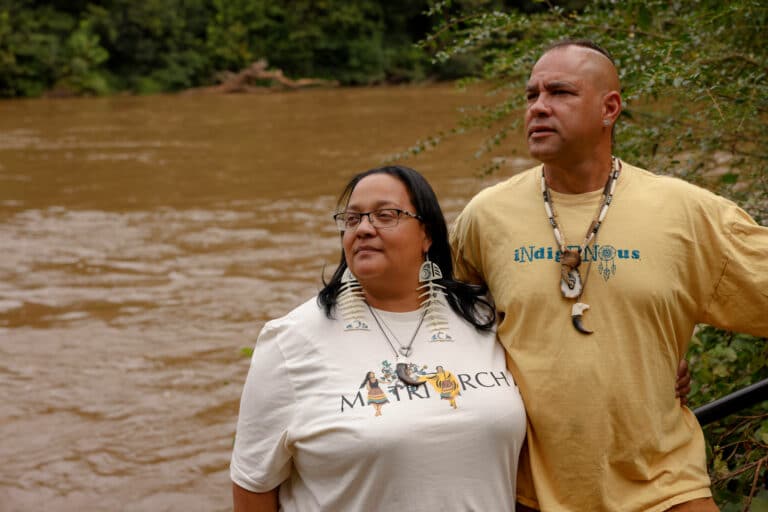
You’ve got to hand it to rock climbers. When they see a stretch of cliffs that needs to be scaled, they secure access by any means necessary. But the days of rogue trespassing missions are now frowned upon. Instead, slabs of stone that are ripe for new routes are opened through civil negotiations with private landowners and public land managers. There’s also the kill-them-with-kindness method of Adopt-a-Crag Days, where climbers prove they’re serious about land care with organized outings of trail maintenance and picking up trash. If amicable relations can’t guarantee access to a revered crag, then it’s time to take the next step—buying the whole damn thing.
Purchasing land to secure climbing areas is still a relatively new strategy that continues to gain momentum, especially when it comes to the coveted, often-underutilized sandstone crags of the South. Regionally, precedent was set in 2001 when the nonprofit Southeastern Climbers Coalition (SCC) galvanized the climbing community and bought part of the Boat Rock bouldering field in southwest Atlanta. For years, many urban climbers had been cutting their teeth on routes like Easy Crack and Paint Can at Boat Rock, which held one of the country’s first bouldering competitions in the mid-80s. But Atlanta’s urban sprawl was starting to encroach upon the rocky oasis. Many of the boulders were being blown up as plans were confirmed for residential development. When a 7.8-acre parcel of land with prime boulders along Boat Rock Road hit the market, the SCC had to act fast. With climber support, the $100,000 mortgage was paid off in 2007, and after another land donation, today Boat Rock Park is a 13-acre wooded, climber-friendly retreat. The Boat Rock purchase is widely acknowledged as the first step toward what’s been called a new golden age of stewardship in the South.
“A lot of people have said that Boat Rock was the catalyst that sparked everything else that’s happened in the Southeast,” says Brad McCleod of the SCC, which manages Boat Rock. “Before that, land acquisition was still not known as a viable option. You always hear the old cliché that climbers are broke. Climbers are not broke when they want to buy crags, and it’s amazing how much they are willing to donate.”
Since that initial spark, crag acquisitions have increased at a steady clip around the region, and as the current recession continues to reduce land prices, more could be on the way.
“Most landowners don’t see the value that we see, when they’re looking at a stretch of cliffs,” says McCleod. “Now is a great time to act.”

RECENT ACCESS VICTORIES:
Yellow Bluff – Alabama
In the late 1980s Yellow Bluff was a quintessential Southern crag that boasted the first 5.13 route in ‘Bama. As the area’s popularity exploded, so did the complaints from nearby home- owners, and by the early 90s, climbing access was closed. Late last year the SCC announced that it was taking back a portion of the lost crag—located 20 miles outside of Huntsville—after three years of negotiation. A sale was closed for just under $35,000 and in April, 1,024 linear feet of cliffs at Yellow Bluff were officially reopened. The SCC is currently negotiating additional access. Said Southern climbing pioneer Jesse Guthrie, “Yellow Bluff is without a doubt one of the best areas I have ever climbed.”
Steele – Alabama
The SCC has already paid off over $37,000 of the $55,000 mortgage for this 25-acre series of cliffs in northwest Alabama, just 45 minutes from Birmingham above the small town of Steele. The deal—just finalized in March—was eight years in the making, as the sandstone crag had been closed since 1987. The purchase included 1,400 linear feet of cliffs that hold an estimated 40 sport and trad routes.
Boulders Area (formerly Dixon School Road Boulders) – North Carolina
Charlotte-area climbers recently secured expansion of Crowders Mountain State Park with the April opening of the Boulders Area. The Carolina Climbers Coalition (CCC) helped open the first officially designated bouldering area in the N.C. State Parks system. The ridgeline rock garden now has its own access area and parking lot, which sits near the Ridgeline Trail that connects
Crowders with Kings Mountain State Park in South Carolina.
Laurel Knob – North Carolina
The CCC just finished paying off this stunning granite cliff in western North Carolina near Cashiers. For $250,000 the organization bought 50 acres on the tallest cliff in eastern America, 1,200 feet from top to bottom, with an array of routes between 5.8 and 5.12. The cliff was scooped up from a retired doctor, who was impressed with the CCC’s friendly approach, which included bringing his wife flowers.
Stone Fort – Tennessee
Climbers and golfers sharing a post-playtime cold beer at the clubhouse? The disparate cultures coexist peacefully at Stone Fort, formally known to climbers as Little Rock City. The boulder field located in a golf community on Mobry Mountain, just outside of Chattanooga, wasn’t legally open to climbers until organizers of the Triple Crown Bouldering Series proposed using it for one of its competitions. Now for a small fee, 35 climbers a day can send the vast spread of problems, which include steep wide open slabs to thuggy overhangs.







